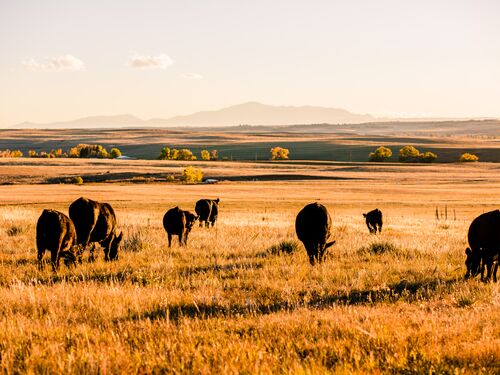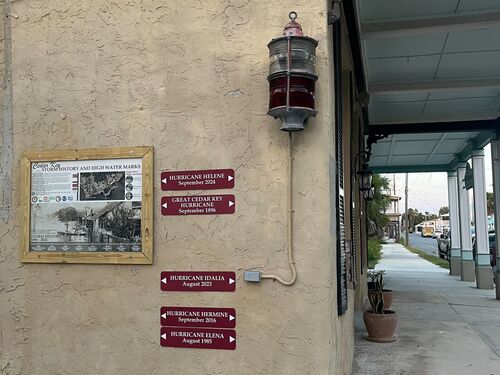Utilizing Art to Reimagine Conversations on Climate
Program News
Last update December 10, 2024
National Academy of Sciences (NAS) event. The event was held on November 14, 2024, as part of the DC Art Science Evening Rendezvous (DASER) series hosted by the office of Cultural Programs of the NAS. Just this summer, Florida faced two compounding disasters approximately a week apart, Hurricanes Helene and Milton. “This new normal is completely unknown,” he said, expressing his concern that people aren’t connecting the dots between how carbon emissions are contributing to the climate crisis.
That’s why Cortada works to bring the science of climate change to life through his artwork, to facilitate real community engagement and a meaningful dialogue about the climate crisis and the solutions that can be implemented. He is inspired to spark climate conversations with art at the center.
Cultural Programs of the National Academy of Sciences brought this conversation to the NAS building on the National Mall in Washington, D.C., where Cortada is showcasing his Climate Science Art exhibit until the end of December, and recently held a discussion with Francisco De Caso, principal scientist, Department of Civil and Architectural Engineering, University of Miami; Jennifer Jurado, chief resilience officer and deputy director, Resilient Environment Department, Broward County, Florida; Adam Roberti, executive director, Cortada Foundation; and Joshua Shannon, professor, Contemporary Art History and Theory, University of Maryland.
Cortada’s exhibit takes the observer through his learned experience of climate change. In one room, there is work from Cortada’s time in Antarctica. While there, he worked with scientists to learn about the gravity of the situation. Here, he was inspired to make the ice paintings, which uses melted ice from Antarctica to “bring to life the very process [of climate change] that threatened to drown my city, and those ice paintings remain a marker of what will happen if we continue [down this path].”
This art installation was a precursor for the work Cortada had to come. Now, Cortada plays with all types of mediums, from yard signs to painted murals to concrete markers, to not only make art but start a conversation about climate change and spur community engagement. “Scientists and artists [both] try to help humans understand their world and their place in the world,” said Cortada.
Cortada partners with scientists to raise awareness and add context to his art. For example, he shone a light on one of the largest polluting industries, concrete, by creating concrete markers that will be permanent installations in all public parks across Miami-Dade County. Here, Cortada partnered with De Caso and other scientists to create these markers with a more sustainable concrete product. With the help of QR codes, Cortada’s installations educate the community on sea level rise, with the hope of starting a meaningful dialogue about the very real impacts of the climate crisis. Cortada hopes his art “inspires you to reframe the way you see or connect with something, so that you can think differently, you can talk differently, and you can act differently.”
The exhibit is located at: NAS Building, 2101 Constitution Ave., N.W., Washington, D.C.
Hours: Weekdays open to the public from 9 a.m. to 5 p.m. Closed weekends and holidays. A government-issued photo ID is required.



